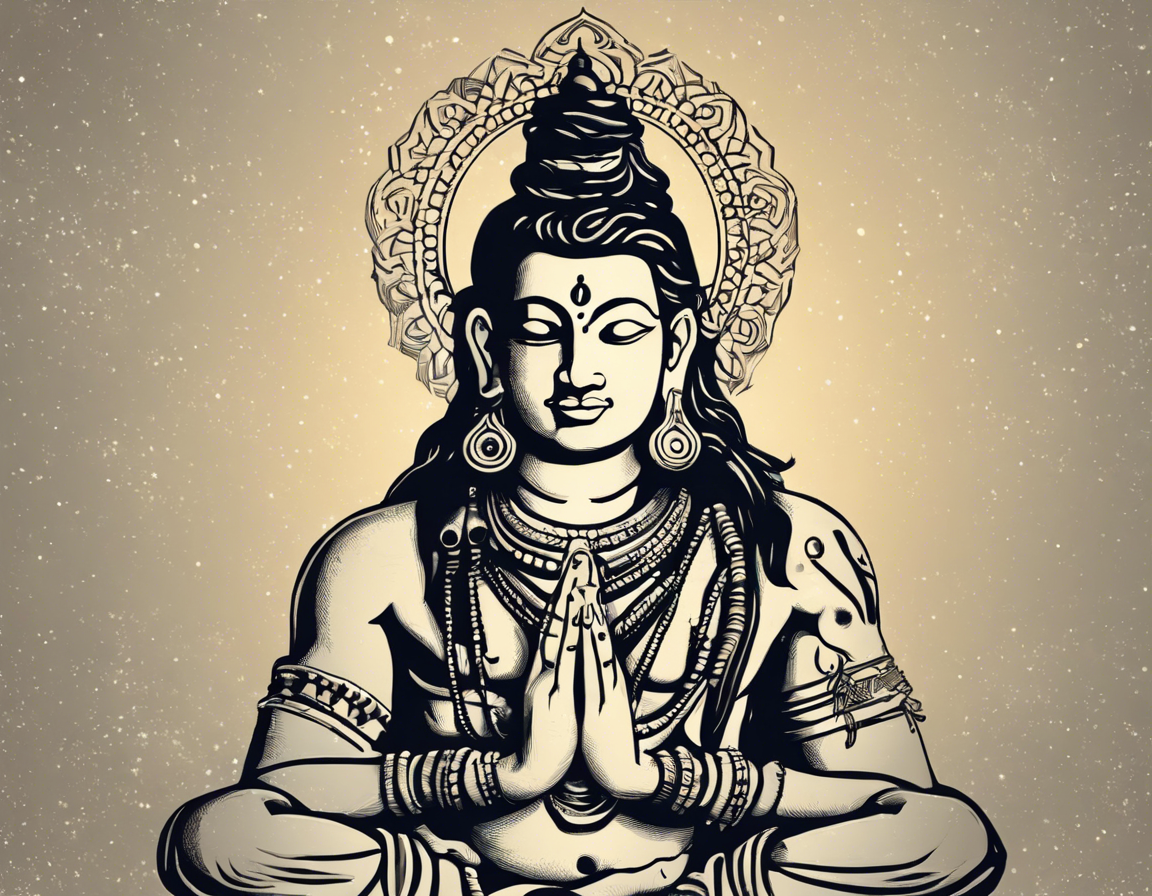Shivratri, also known as Mahashivratri, is a significant Hindu festival that is dedicated to Lord Shiva. It is celebrated with much fervor and devotion by millions of devotees across the world. Shivratri 2024 falls on Monday, 26th February.
Significance of Mahashivratri
Mahashivratri holds immense spiritual significance in Hindu mythology. It is believed to be the day when Lord Shiva performs the heavenly dance of creation, preservation, and destruction. Devotees observe fasts, offer prayers, and chant mantras in praise of Lord Shiva to seek his blessings and divine grace.
Rituals and Traditions
-
Fasting: Many devotees observe a fast on Mahashivratri as a mark of respect and devotion to Lord Shiva. Some opt for a nirjala (without water) fast, while others consume fruits and milk.
-
Night Vigil: The night of Mahashivratri is believed to be particularly auspicious. Devotees stay awake throughout the night, singing bhajans, performing puja, and meditating.
-
Abhishek: Shiva temples are adorned with flowers, incense, and lights. Devotees perform abhishek (ritual bathing) of the Shiva Lingam with water, milk, honey, yogurt, ghee, and other sacred items.
-
Offerings: Offerings of bael leaves, fruits, dhatura, and other sacred items are made to Lord Shiva. The divine Prasad is then distributed among devotees.
Legends Associated with Mahashivratri
1. The Churning of the Ocean (Samudra Manthan):
According to Hindu mythology, during the churning of the cosmic ocean by the Devas (Gods) and Asuras (Demons), a pot of poison (halahala) emerged. To save the world from destruction, Lord Shiva drank the poison. This event is commemorated on Mahashivratri.
2. The Marriage of Lord Shiva and Goddess Parvati:
Mahashivratri is also believed to be the day when Lord Shiva married Goddess Parvati. Devotees celebrate their union by seeking blessings for a harmonious and blissful married life.
3. The Origin of Shiva Lingam:
On Mahashivratri, it is said that Lord Shiva manifested in the form of a lingam, representing the infinite nature of the divine. Devotees worship the Shiva Lingam with great reverence on this auspicious day.
Benefits of Observing Mahashivratri
-
Spiritual Upliftment: Observing Mahashivratri with devotion and sincerity is believed to bestow spiritual upliftment and inner peace.
-
Removal of Obstacles: Worshipping Lord Shiva on Mahashivratri is said to bring prosperity, success, and the removal of obstacles from one’s life.
-
Blessings of Lord Shiva: Seeking the blessings of Lord Shiva on this auspicious day is considered highly auspicious and may lead to fulfillment of wishes and desires.
FAQs:
1. What time should one observe the fast on Mahashivratri?
It is advisable to begin the fast at sunrise on Mahashivratri and break it only after offering prayers and completing the rituals the next day.
2. Can non-Hindus also participate in Mahashivratri celebrations?
Yes, Mahashivratri is a festival that welcomes people from all walks of life to come together and seek the blessings of Lord Shiva.
3. Are there any specific mantras that one should chant on Mahashivratri?
Chanting the ‘Om Namah Shivaya’ mantra is highly auspicious on Mahashivratri. Other popular chants include the Maha Mrityunjaya Mantra and the Rudra Gayatri Mantra.
4. Can pregnant women observe the Mahashivratri fast?
Pregnant women are advised to consult their healthcare provider before observing a fast. If deemed safe, they can consume fruits and milk during the fast.
5. Is it necessary to visit a Shiva temple on Mahashivratri?
While visiting a Shiva temple on Mahashivratri is considered auspicious, one can also observe the fast, pray, and meditate at home with equal devotion.
Mahashivratri is a sacred occasion that symbolizes the victory of light over darkness and good over evil. It is a time for introspection, devotion, and seeking blessings for a life filled with peace, prosperity, and spiritual harmony.
